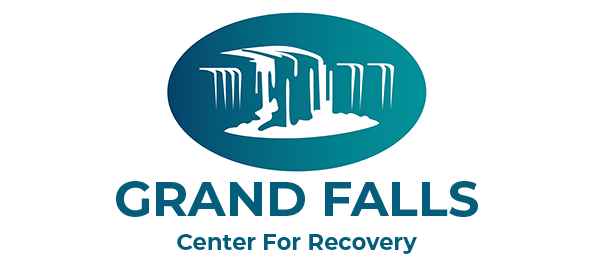Opioid addiction has become an increasingly significant issue within our society today, with the United States facing its worst drug crisis in modern history. Every day, many enter a cycle of dependency on these potent substances.
Despite this worrying trend, hope remains—there are steps that individuals can take to manage their illness and break the cycle of addiction for good. We’ll discuss the essential elements of understanding opioid addiction treatment options available to you and how by taking action today, you can make progress towards a healthier tomorrow.
Educate Yourself
One of the most important steps toward breaking the cycle of opioid addiction is to educate yourself. Learning about what opioids are and how they work in your body can help you make informed decisions about your treatment options.
You should also familiarize yourself with information on potential risks, side effects, and the different types of therapies available for treating opioid dependency. This knowledge will empower you to make the right choices for your health and can help you prepare a plan of action.
Speak to Your Doctor
It is critical that you speak with your doctor about opioid addiction, as they have the experience and resources to provide you with an accurate diagnosis and appropriate treatment options.
Remember, even if it feels daunting, your doctor is there to help you—be honest and open about the symptoms you’re experiencing and any history of substance use. Your doctor can also refer you to specialists who are equipped to provide specialized treatment for opioid addiction.
Have a Support Network
Having a support network of family, friends, or even a trusted therapist can make a big difference in helping you manage your opioid addiction. Having someone to talk to is important for your mental health and can help provide emotional support as you go through the recovery process.
It’s also helpful to join an online or in-person support group, where you can meet people who have had similar experiences and learn tips from them on how to cope with cravings and triggers.
Stay Active
Staying physically and mentally active is important for managing opioid addiction. Exercise, in particular, can help reduce cravings and relieve stress. Furthermore, engaging in activities that bring joy to your life—such as painting or playing an instrument—can help you stay focused and motivated during recovery.
Seek Professional Treatment
Treating opioid addiction is no easy task, but it is possible. If you’re struggling to manage opioid addiction without professional help, there are a variety of treatment options available such as:
Buprenorphine
Buprenorphine is a partial opioid agonist that has been approved by the FDA for treating opioid dependence. It binds to the same receptors in the brain as opioids but with a weaker effect.
This helps to reduce cravings and withdrawal symptoms, allowing individuals to focus on their recovery. Buprenorphine is often combined with naloxone which can help prevent misuse of the medication.
Methadone
Methadone is a full opioid agonist that has been approved by the FDA for treating opioid dependence. It binds to the same receptors in the brain as opioids, producing similar effects.
This helps to reduce cravings and withdrawal symptoms, allowing individuals to focus on their recovery. Methadone is typically administered through a clinic-based program which allows physicians to monitor patient progress closely.
Naltrexone
Naltrexone is an opioid antagonist that has been approved by the FDA for treating opioid dependence. It binds to the same receptors in the brain as opioids, blocking their effects. This helps to reduce cravings and withdrawal symptoms, allowing individuals to focus on their recovery. Naltrexone can also be used as an injectable form called Vivitrol which can help prevent relapse.
In addition to the treatments mentioned above, there are many other effective treatments for opioid addiction. These include:
- Medicated Assisted Treatment (MAT) – MAT is a combination of medication and behavioral therapy that helps individuals manage withdrawal symptoms and cravings, while also providing support in developing recovery strategies.
- 12-Step Programs – 12-step programs, such as Narcotics Anonymous and Heroin Anonymous, provide support from peers who have experienced similar struggles with opioid addiction.
- Holistic Therapy – Holistic therapies, such as yoga and meditation, can help reduce stress and anxiety while also aiding in the recovery process.
By understanding the steps to managing opioid addiction, you can begin to take control of your recovery journey. Remember, there is hope—with the right support and treatment, you can break the cycle of opioid addiction for good.
Follow Through with Aftercare
Staying committed to your treatment plan is an important step in breaking the cycle of opioid addiction. Aftercare is a critical component of recovery and can involve anything from attending 12-step programs to regular check-ins with your doctor. Following through with aftercare not only helps ensure that you stay on track but also provides support for continued success.
Contact Grand Falls Center for Recovery Today
It’s important to remember that everyone’s recovery process is different and there is no one-size-fits-all solution. Consider contacting Grand Falls Center for Recovery today to learn more about our personalized treatment programs and how we can help.
Our experienced team of professionals is dedicated to providing you with the support, care, and guidance you need to achieve long-term success. With help from professionals and a supportive network of family, friends, and peers, you can get the treatment and care you need to live a life free from opioid addiction.

